Affiliate links on Android Authority may earn us a commission. Learn more.
5 things we want to see from Google in 2021
Published onJanuary 3, 2021
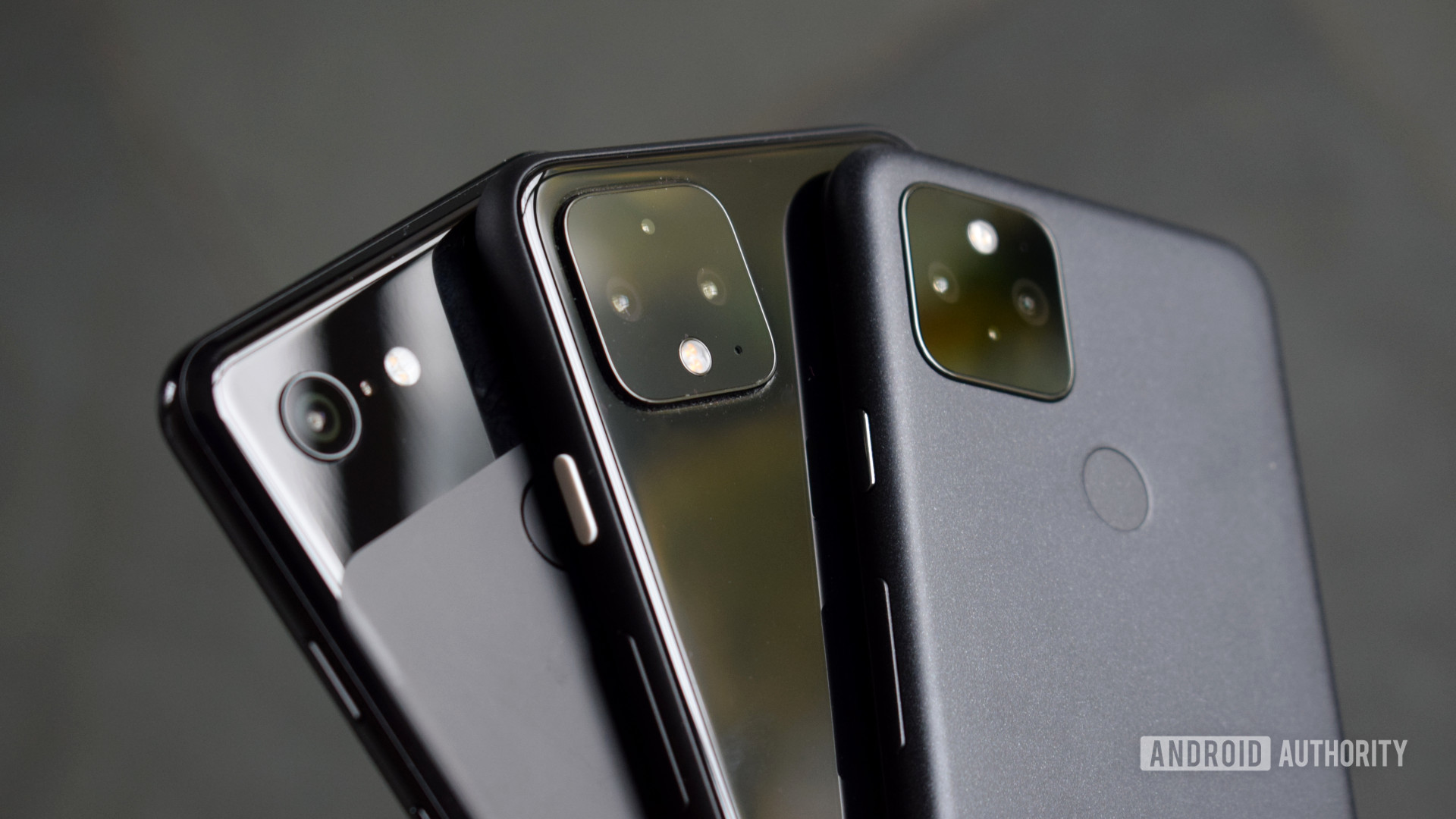
2020 was an interesting year for Google‘s product portfolio. Its Pixel smartphone range jumped ship from the premium-tier segment to a more inexpensive price point with the Pixel 5. Combined with the Pixel 4a and Pixel 4a 5G, Google’s handset range took a sharp turn down affordability avenue.
Google also spent 2020 tinkering with its approach to media streaming. As well as the overly-ambitious launch of the free version of the Stadia cloud gaming platform, big G unveiled the Chromecast with Google TV to bolster its streaming hardware. More controversial was the consolidation of Play Music into YouTube Music. The choice to end free Google Photo storage next year was also not well-received.
Despite all this, Google’s media strategy still lacks the focus of its competitors. The company hasn’t given its Chrome OS products as much love. There’s no refreshed high-end Pixelbook or Pixel Slate, leaving December 2019’s mid-tier Pixelbook Go as the latest release. In a year that Apple shook up the laptop market with its move to Arm-powered Macs, Google’s PC strategy felt more than a little complacent.
See also: The 10 best Google products you can buy
Outside of hardware, Google played a key role in the development and deployment of COVID-19 contract tracing apps around the world. In the courtroom, it was business as usual too. Google had to fend off lawsuits from Epic Games, a European Commission investigation into its acquisition of Fitbit, and a class-action lawsuit over data tracking in Chrome’s incognito mode. Sadly unsurprising stuff in today’s tech industry.
Along with a few new entries in Google’s smart home portfolio, 2020 was a steady year for Mountain View. However, there’s still so much more that the company could offer us in 2021. Here’s what we’re hoping to see.
1. Return of the high-end Pixel
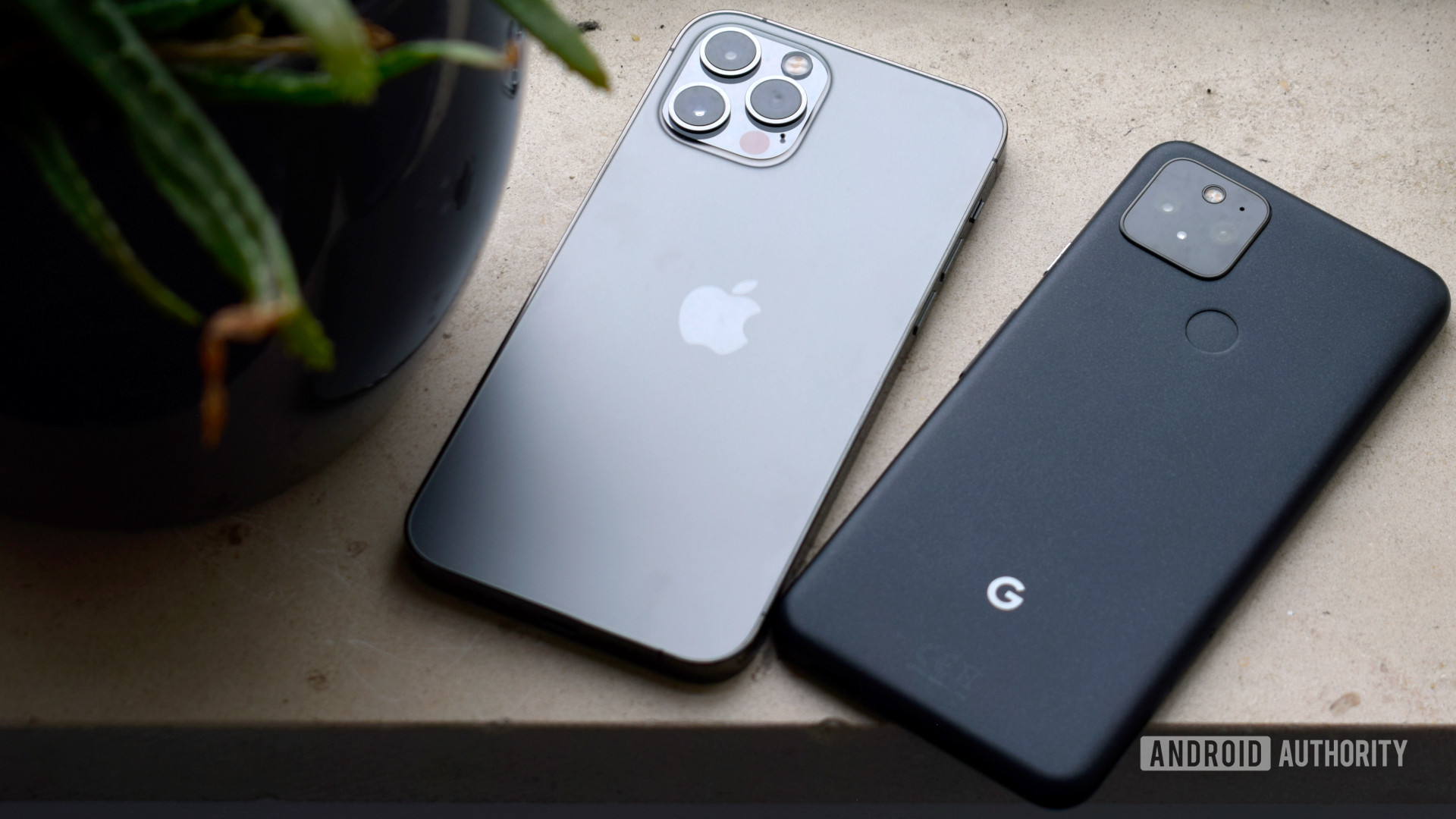
The Google Pixel 5 has not long landed but we’re already excited for next year’s Pixel 6. The seemingly small differences between the Pixel 4a 5G and Pixel 5 leave 2020’s portfolio a little cramped. The Pixel 5’s price point would be a bit easier to justify if the phone was just a little more high-end. Not to mention there’s a niche market of Google fans longing for another premium-tier entry.
However, we don’t particularly long for a return to bleeding-edge performance and $1,000+ XL options. Google has clearly hit its stride with affordable pricing, and it’s working out much better than previous flirtations with the premium market. That said, aiming just a little higher-end next time around would help the Pixel series. It could then compete a little better with other affordable flagships like the iPhone 12.
Read more: It’s time Google updated Pixel camera hardware to match its stellar software
Personally, I’d like the Pixel 6 to retain its reasonable price and features, with the main focus on revamping Google’s photography prowess. While the Pixel 5 still takes some great pictures, my experience with most of 2020’s best camera phones reveals that Google’s dated camera hardware is falling behind. A reasonably priced Pixel 6 with a best-in-class camera would be hard to turn down. Make it happen, Google.
2. At least one new Chromebook
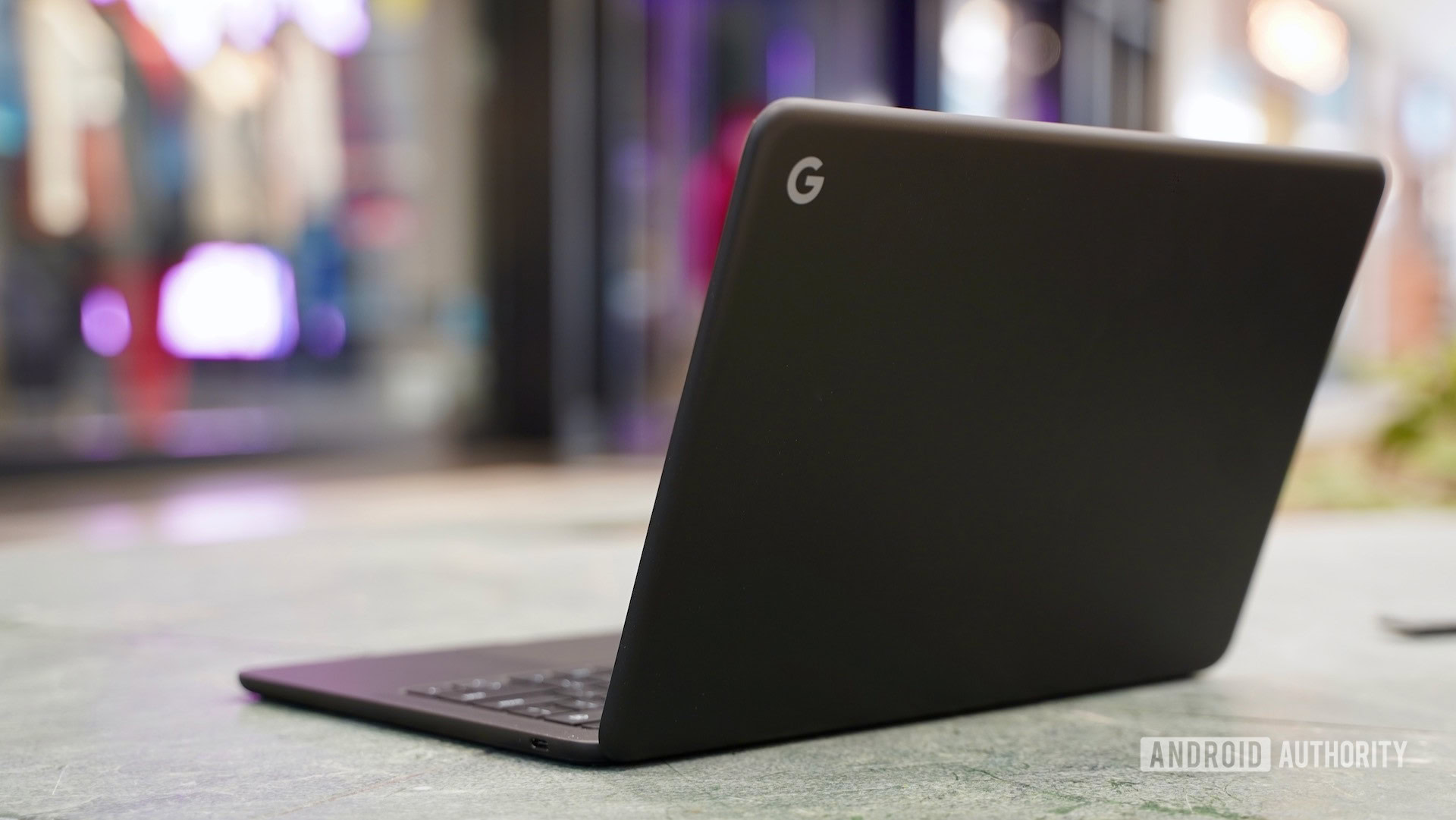
It’s been a year since Google’s last Pixelbook announcement, so we’re overdue a new product. Granted, Chromebooks don’t really require cutting-edge hardware revisions every year, and the high-end Pixelbook and Pixel Slate were frankly overpriced. Nevertheless, Google’s laptop range could certainly use some love in 2021.
Chromebooks will only be able to command premium price tags when they go above and beyond the “browser in a box” mentality that has defined the Chrome OS ethos so far. Leaning harder into its various ecosystem services, such as Stadia or packaging up more Drive storage, might help. However, Chrome OS is still fundamentally lacking the range of apps and use cases found in Apple’s and Microsoft’s ecosystems. Addressing that issue would be a major project.
Related: The best Chromebooks to get: Google, ASUS, Lenovo, and more
Speaking of, as Apple is making moves with Arm-powered Macbooks, perhaps it’s time for Google to revisit Arm-based processors for its Chromebooks. There are a few chipsets out there that offer high-end performance, machine learning, and networking capabilities. Given adequate software support, they could drive new use cases for Chromebooks. Don’t forget support for Android apps without the need for emulation. However, this all depends on Google having something in mind to take Chromebooks up a level.
Google’s entire approach to the computing market could use a lick of fresh paint. Android tablets remain pretty woeful compared to Apple’s iPad series. Additionally, there’s still no real coherency to bridge the gaps between mobile, tablets, and PCs. Unfortunately, such an adventurous plan seems unlikely, as it would be a major departure from the complacency of recent years.
3. Finally, fix Wear OS
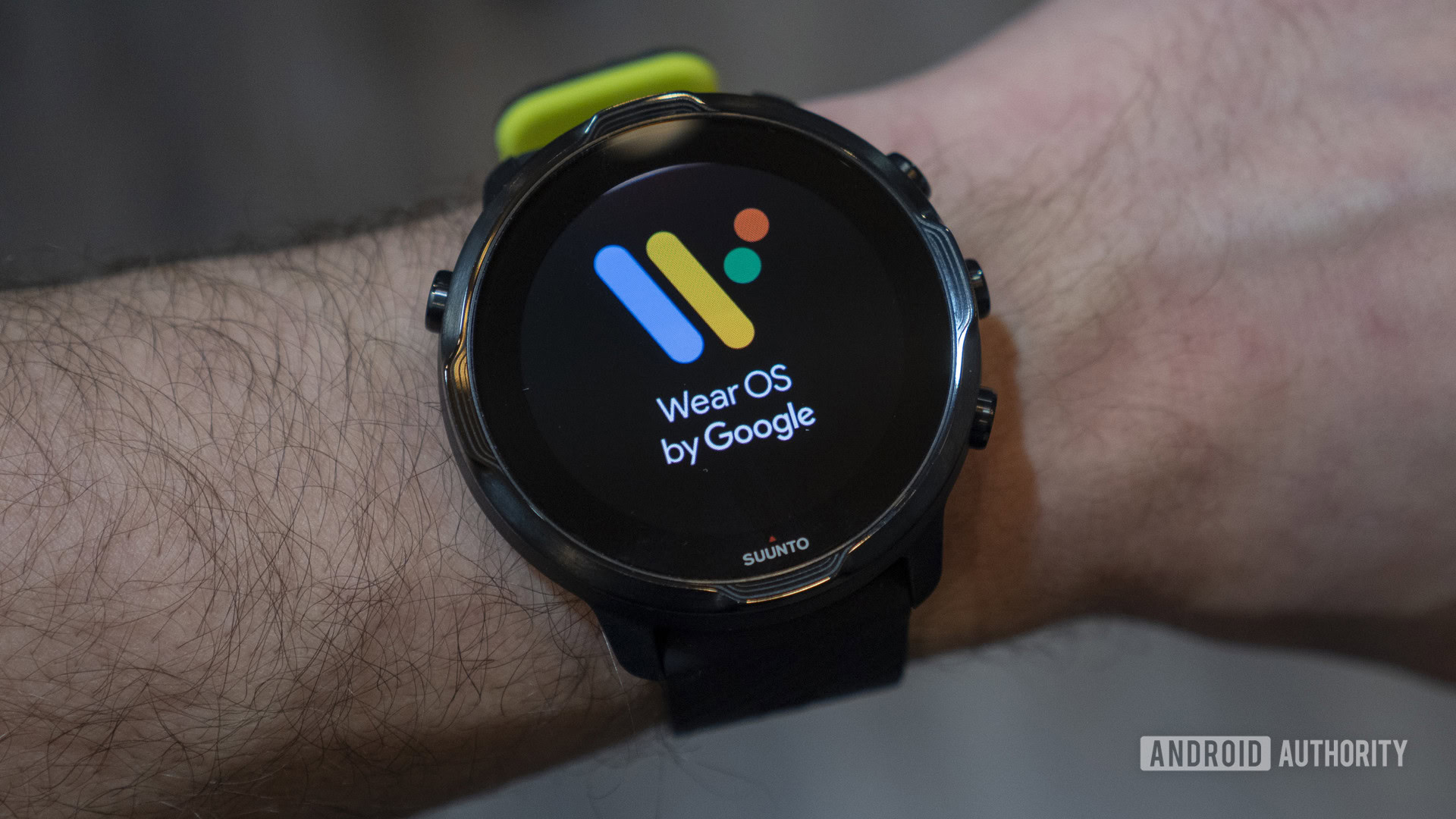
Android tablets might not be great but Wear OS remains even worse. The platform really hasn’t moved on at all in 2020. That desperately needs to change come 2021 if the Wear OS is to ever close the gap on the Apple Watch.
Sadly, Wear OS has mastered neither the fitness nor premium ends of the feature spectrum, leaving the platform to languish in no man’s land. Google needs to take a much more proactive approach to feature development. It needs to give its partners the tools they require to build great watches rather than simply patching up Wear OS as the industry pulls it along. More regular updates wouldn’t go amiss either. Whatever happens, we want to see something to galvanize the Wear OS platform over the next twelve months.
Read more: The state of Wear OS in 2020: Things are looking dire
We’re also still waiting on first-party hardware for Google to showcase its vision for the ultimate wearable. However, that feels like a more distant prospect than ever. But this is a wish-list after all.
4. Put a proper media game plan together
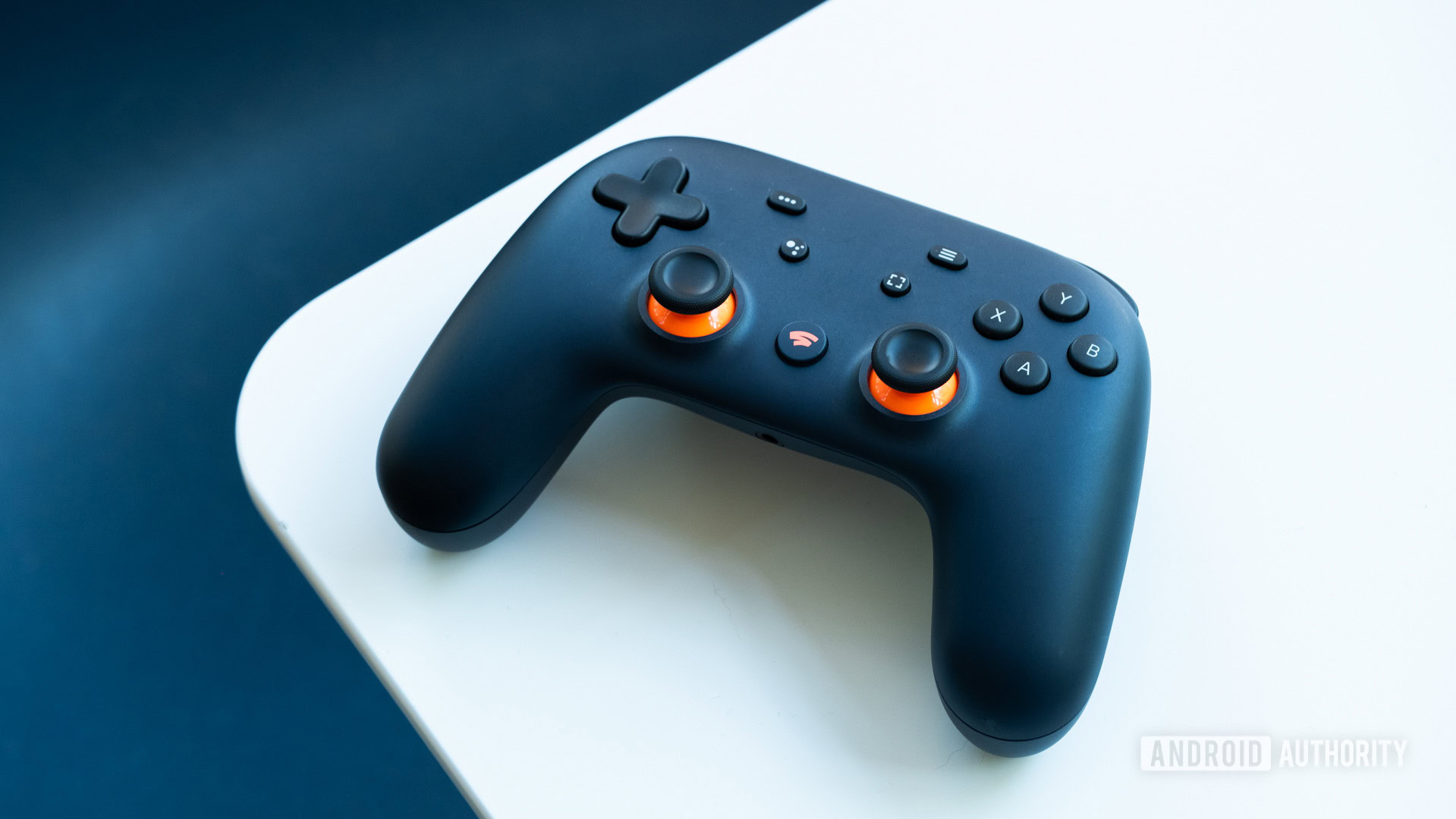
Then there’s Stadia and the current state of Google’s various media platforms. That includes YouTube Premium, Google TV, and the like. I don’t like to whine about Google’s messy ideas (the sheer volume takes up a lot of time!). Yet, it’s frustrating because so many of these initiatives could be fantastic but are consistently underdeveloped.
Take the recently announced Chromecast with Google TV for example. Why it doesn’t support Stadia cloud gaming out of the box is anyone’s guess. It’s another missed opportunity to unify Google’s media ecosystem into a single, comprehensive product. The launch of a new console generation and games with 50GB day-one patches should be a big opportunity for Stadia to make a splash with a device that costs $50 (maybe $80 with a controller included). But the right hand simply doesn’t know know what the left is doing.
Related: What would a Google version of Apple One look like? Would you subscribe?
That said, Chromecast with Google TV is a step in the right direction. High-quality content aggregation is sorely needed in the media streaming industry. Mountain View could do with streamlining its own in-house media options too. Why we still don’t have a subscription model for Google TV, or bundles that include YouTube Music, cloud storage, and Stadia gaming is another bewildering omission.
Google has the services to be a serious competitor to Amazon Prime and Apple One. It just needs to curate some compelling subscription packages. So, get on it Google! Give me a comprehensive media package that includes everything from photo storage to gaming on-the-go.
5. Time to take privacy seriously
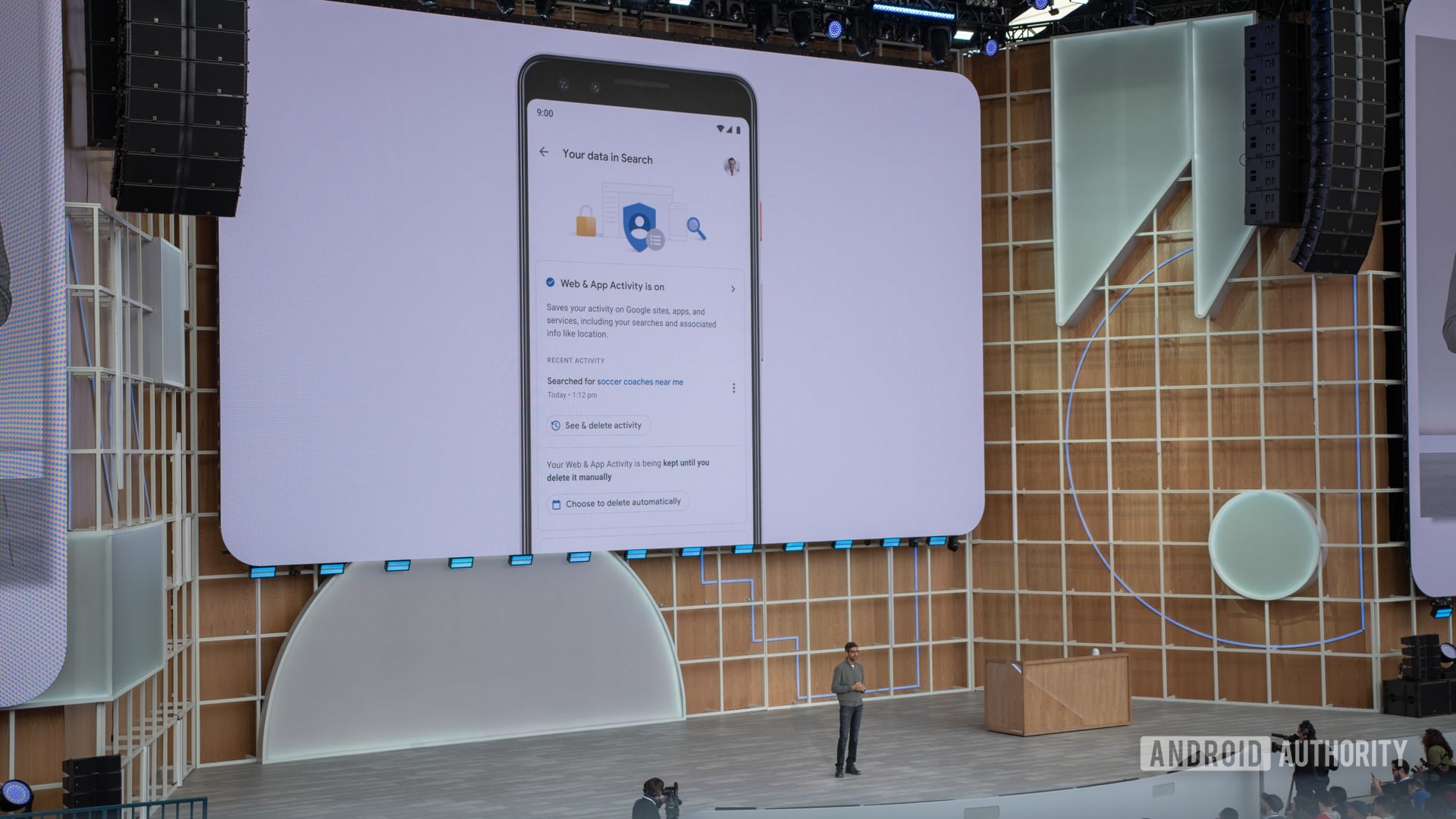
My final and definitely most ambitious wish from Google for 2021 would be to take data privacy more seriously. Yes, we have a greater array of Android app permission toggles, new Assistant privacy settings, and more data policies than ever before (as if anyone actually reads those). However, there’s no escaping the fact that Google still reads your emails, saves voice searches, and tracks your location in the name of “improved services,” while the real motive is to sell ads. And us users have very little control over all this data collection.
The seemingly endless stream of litigation thrown at Google every year is a warning siren that the company’s commitment to the issue remains inadequate. Mountain View is facing fresh complaints in six EU countries regarding ad bidding and user data. Other 2020 lawsuits involve the collection of student data through Chromebook’s G Suite for Education platform, personal data collected via Chrome even without a Google Account, and tracking even when opting out via Google’s account privacy settings. There’s even an Incognito mode class action lawsuit underway in California. That one may not be on particularly firm ground, but it further highlights that Google’s data policies continue to defy many user expectations.
It’s no longer good enough to constantly play catch-up to stricter privacy rules like the EU’s GDPR. Nor is simply offering obscure and confusing methods to opt-out of some data collection. Mountain View is far from the only dubious party in the data industry, of course. But as one of the biggest, it should take the lead in tackling the issue. Great transparency and control over data partners, clear and more intuitive privacy options, and new tools to review, restrict, and remove collected data would all help win over the confidence of consumers and lawmakers.
You tell us: What do you want to see from Google in 2021?
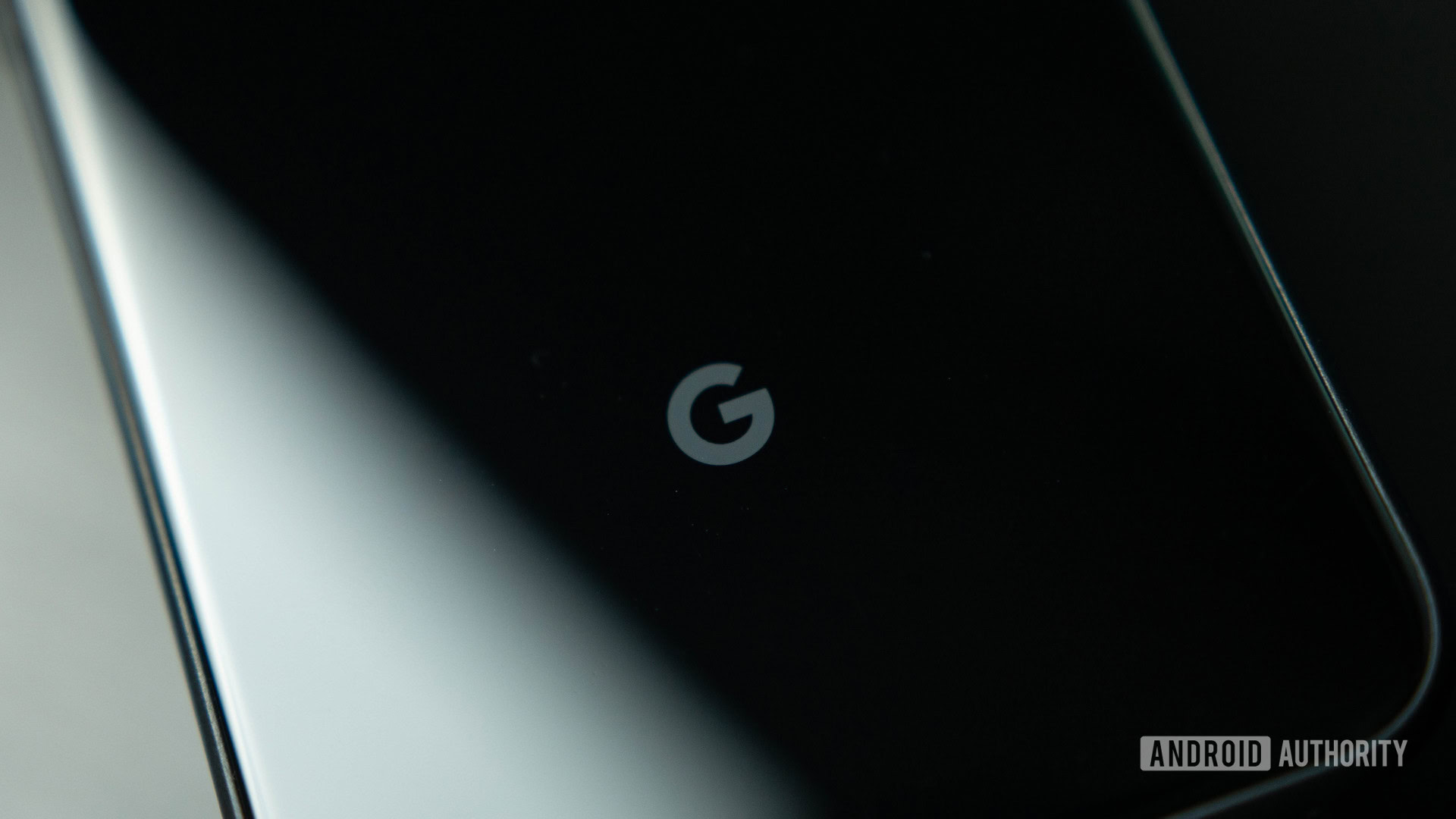
As far as smartphones are concerned, 2020 was a decent year for Google. However, there were plenty of missed opportunities too. Quite a few areas were simply neglected as well, and need addressing throughout 2021. Between Chromebooks, tablets, Wear OS, cloud gaming, and data privacy concerns, there’s plenty for Google to sink its teeth into over the coming months.
If you have to pick just one, what would you most like to see from Google in 2021? If you have any other ideas, sound off in the comments section below.